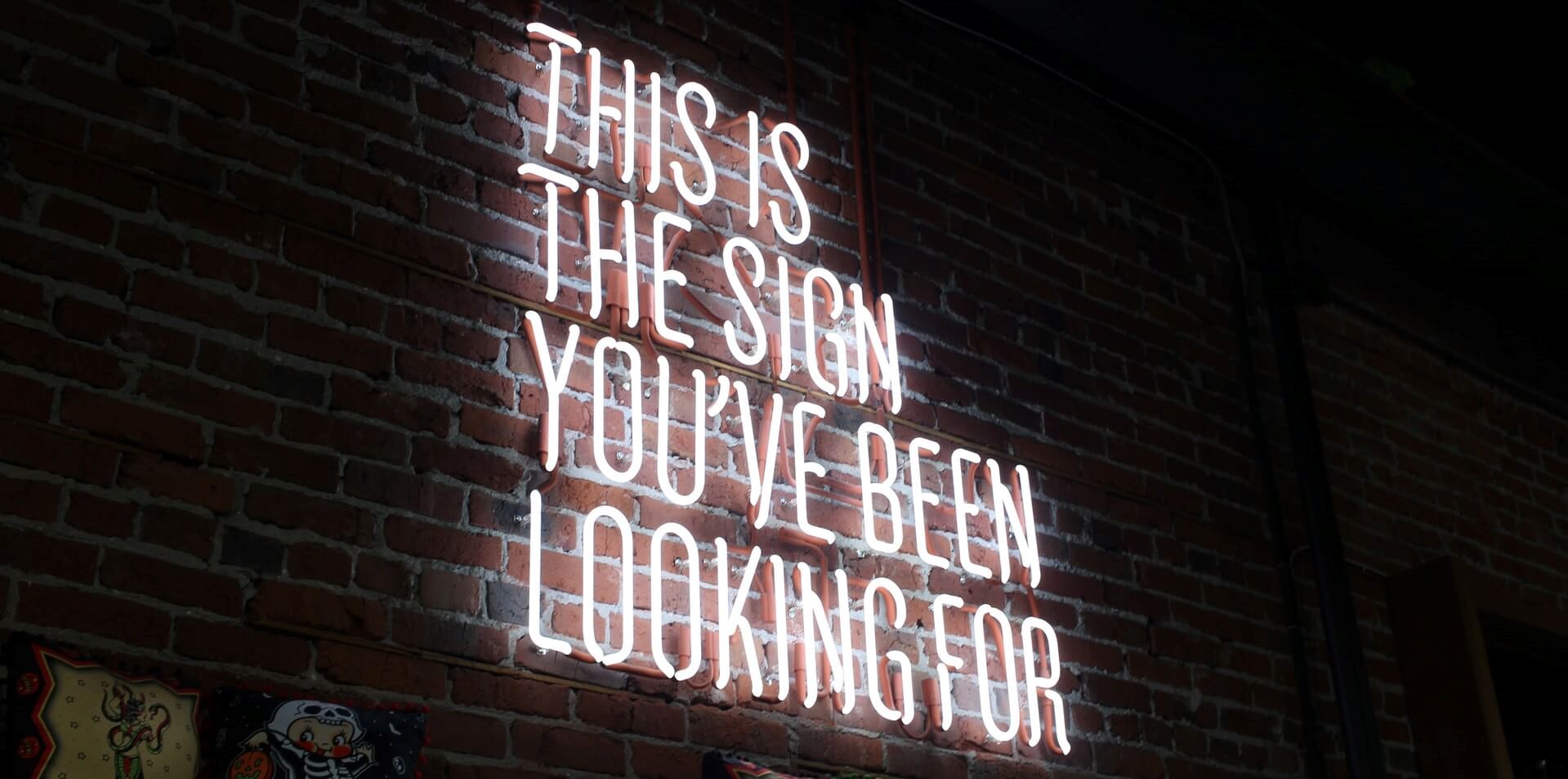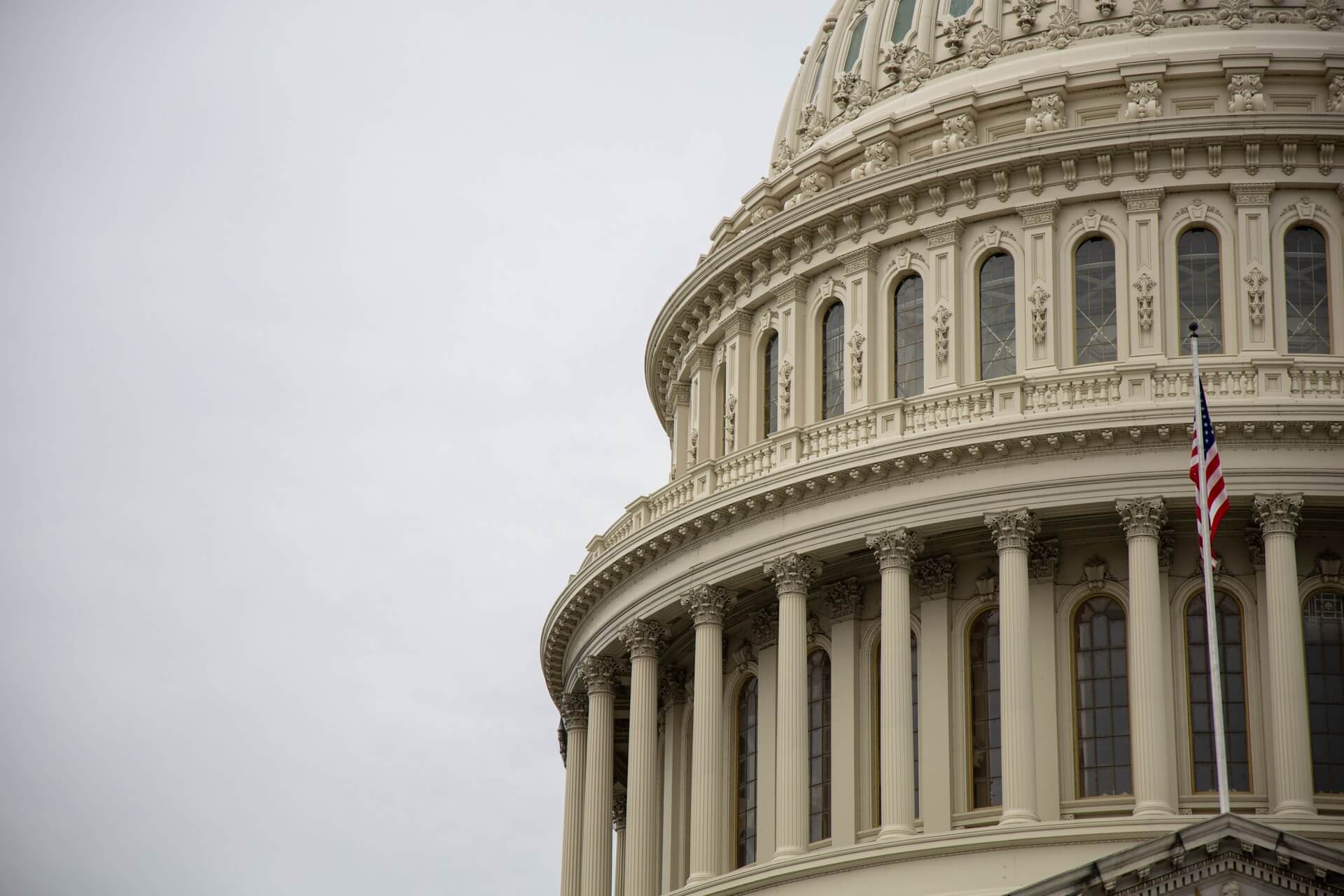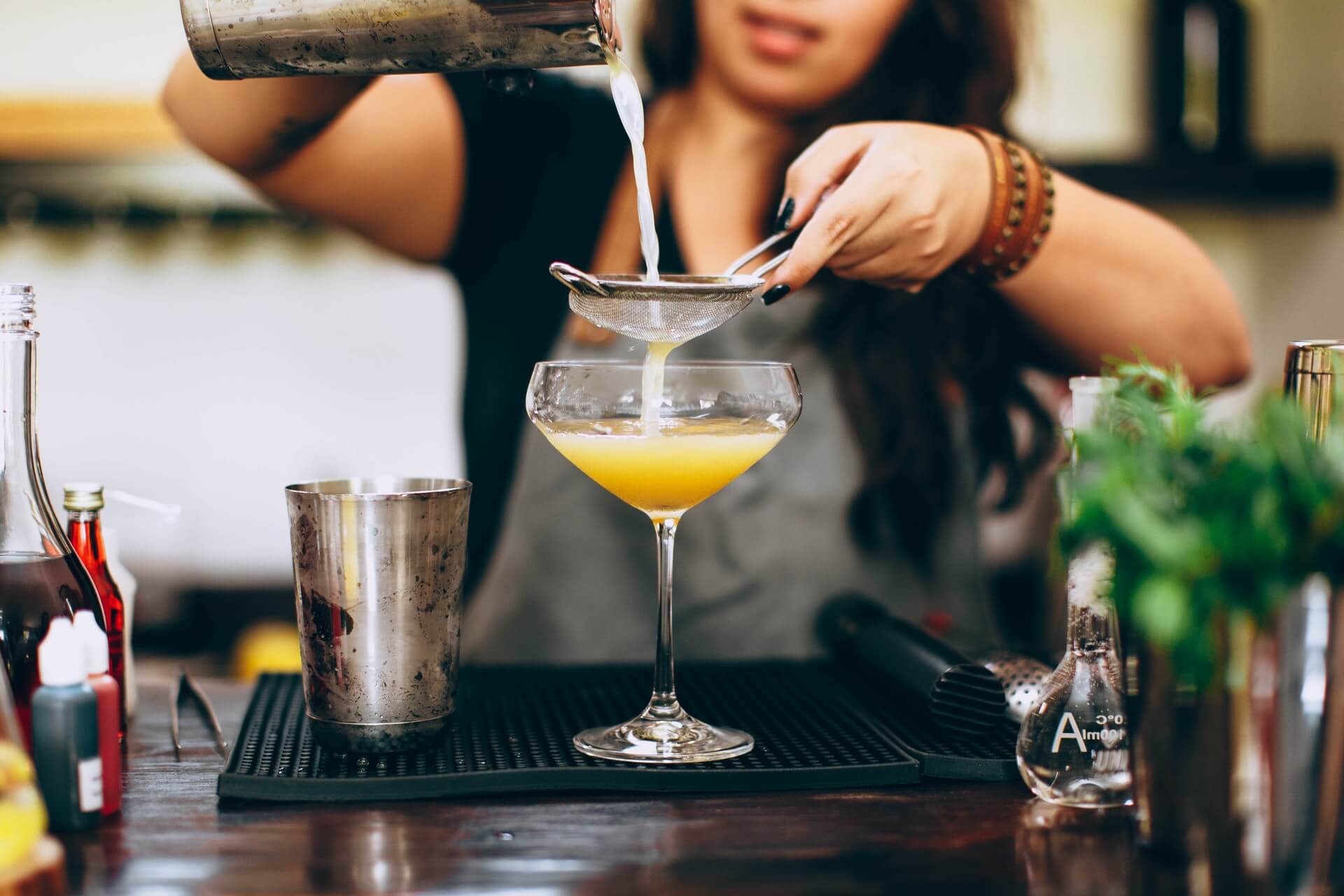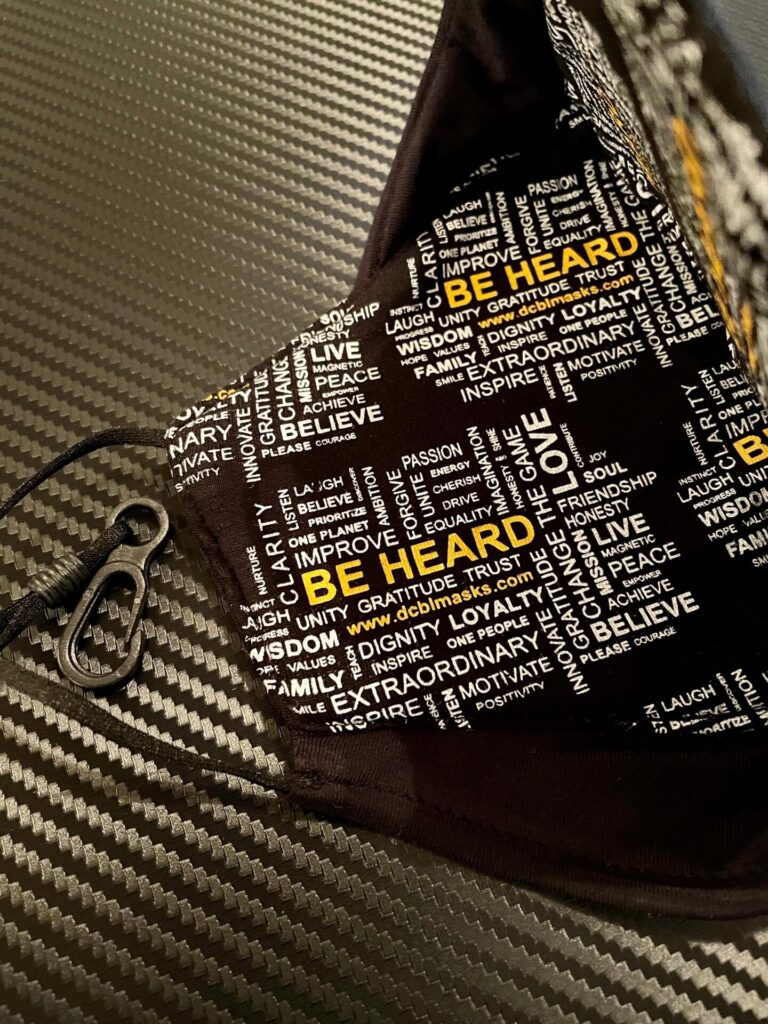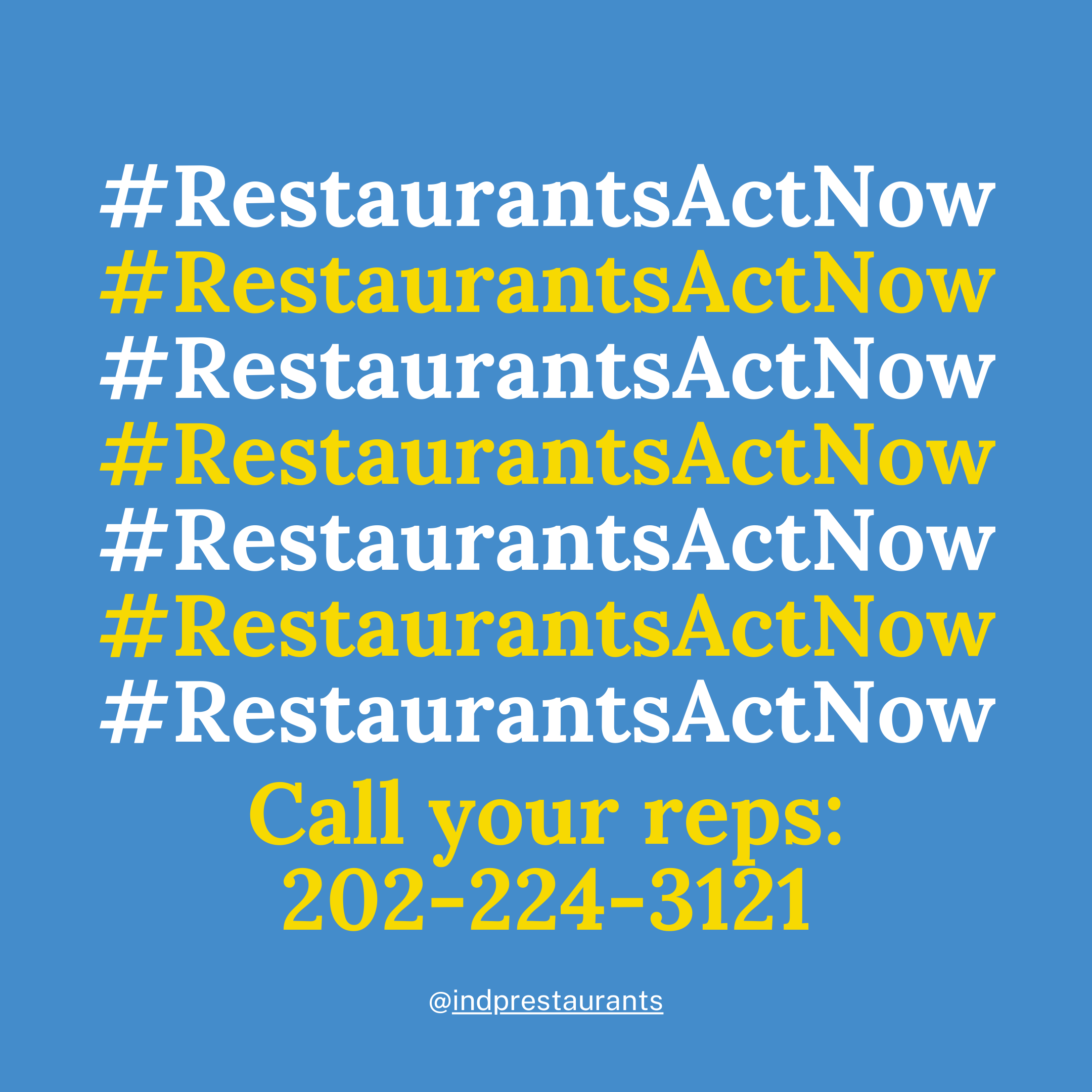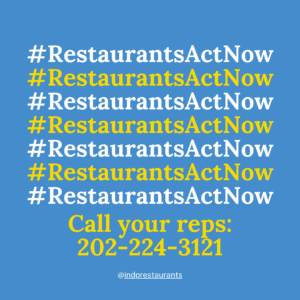International Chain Slashes Menu
by David Klemt
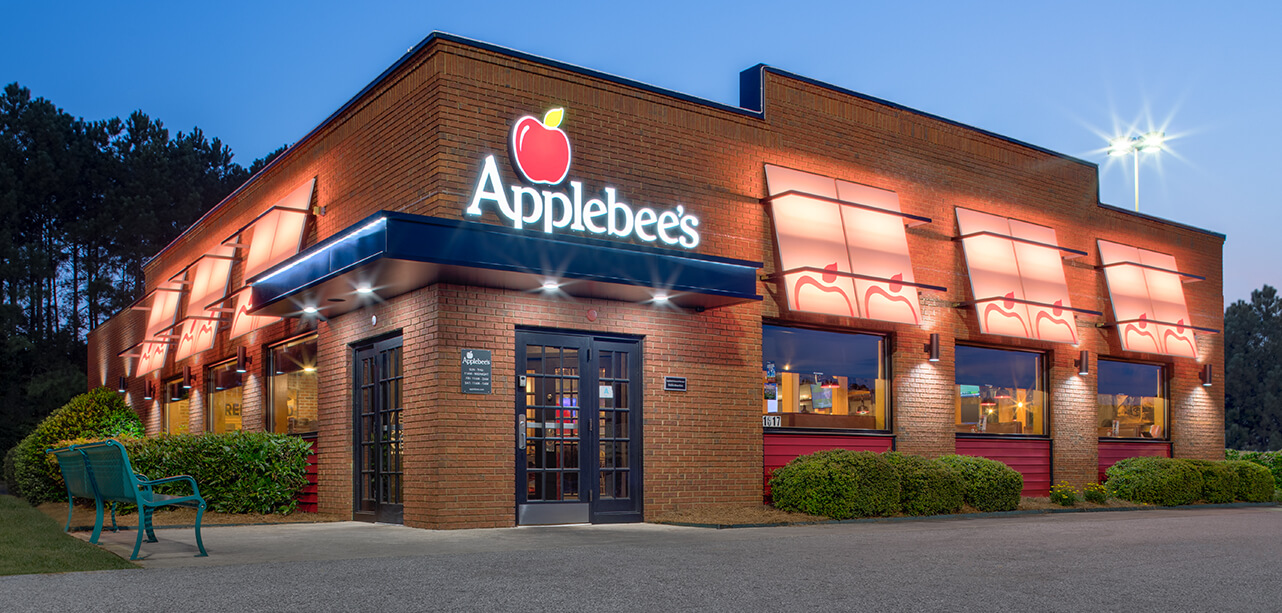
If you’re curious as to whether “lean and mean” menus are here to stay as a result of the pandemic, look no further than one international chain.
Moving forward, Applebee’s Grill + Bar menus will be some 60 items lighter.
The chain’s menu will be 38 percent smaller, and the change is permanent.
Significant Overhaul
Of course, it isn’t like the Applebee’s menu is tiny now. At about 100 items, it’s still larger than most independent restaurant menus. For contrast, KRG Hospitality president Doug Radkey, in most cases, recommends 12- to 32-item food menus.
Still, the casual dining chain cutting 60 items permanently is a big move.
The decision is a direct result of the pandemic and the toll it took on Applebee’s and the industry overall. Unfortunately, like many operators big and small, chain and independent, the chain had to furlough staff. Lightening the menu made it easier for the chain to adapt and shift toward takeout and delivery.
Weak performers and complex items that affect efficiency are gone. According to John Cywinski, Applebee’s president, the decision means faster ticket times, more consistency, and better efficiency.
Among the 60 or so items that are no longer available: the triple cheeseburger, clam chowder, and BBQ brisket tacos.
Streamline Summer
The decision to eliminate dozens of complex and lagging items puts Applebee’s in a better position for Summer 2021, potentially.
Speaking with CNN Business, Cywinski said, “The team will have to be very thoughtful about every single product or beverage they introduce, and the consequence of it from a complexity standpoint.”
That thoughtful approach is crucial in large part because of Applebee’s new menu policy: When a new item comes onto the menu, an old item must go.
Accordingly, Applebee’s can remain innovative while avoiding once again inflating their menus.
With demand for social interaction, a return to normalcy, and in-person restaurant and bar visits set to explode, Applebee’s finds itself with a menu that’s nearly 40-percent smaller. That should make it simpler for the chain’s restaurant and bar teams to fill orders quickly, efficiently, and consistently.
Menu Refresh
Every operator needs to know their numbers. That doesn’t just mean costs and inventory, by the way.
Do you know the cook times for each food item on your menu? Do you know how many dishes you can make with a given ingredient? Is thoughtful cross-utilization an important element of your F&B operations?
The answers to those questions can help you identify bottlenecks in your operation and become more agile.
Another important question to consider: Do you know which menu items are your slowest sellers? If you do, answer this: Why are they still on your menu?
When you eliminate an item, yes, some guests will express their disappointment. You’ll have to weigh the costs of keeping a poor performer against freeing up resources by losing an item that rarely sells. You may even identify an item that you personally love but just doesn’t move. Again, you have to do what’s best for your bottom line.
You may not have 160 items on your menu. You may not have 100. That doesn’t mean you don’t have at least a handful of items that you can eliminate to reduce costs and increase revenue.
Image: Applebee’s Grill + Bar

